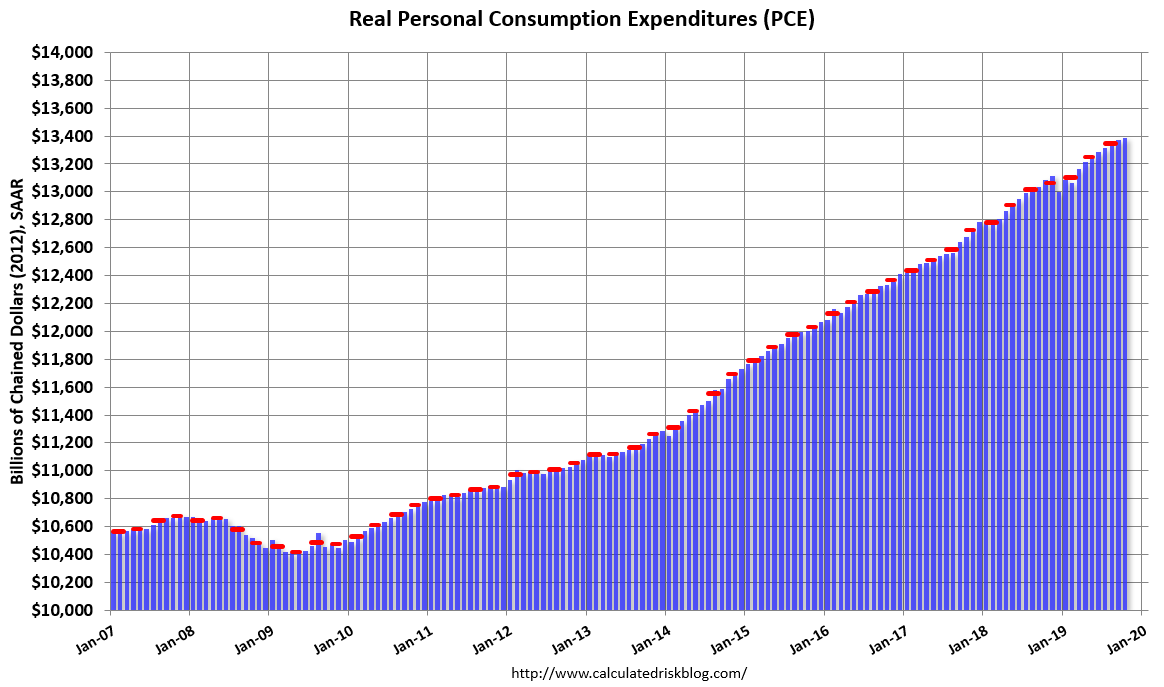Alexandria, Va. — Chapter 7 trustees have increasingly brought claims to avoid education-related payments, most notably for tuition, made by debtors on behalf of their children as fraudulent transfers under the Bankruptcy Code and state fraudulent-conveyance statutes, according to an article in the November ABI Journal. “This trend is not surprising given the rising cost of higher education, resulting in parents spending significant funds to support their children' education to alleviate their children's future debt burden, potentially at the expense of the parents' creditors,” writes Michael R. Herz of Fox Rothschild LLP (Morristown, N.J.) in his article “A Parent's Quid Pro Quo.”
Trustees that have brought actions to avoid and recover these types of payments generally argue that the debtor did not receive "reasonably equivalent value" in exchange for the payments, according to Herz. Such avoidance claims have been brought against the debtor, the institution that received the payments and the child for whose education the payments were made. “The outcome varies depending on particular circumstances, and the courts’ disposition of trustee claims is guided by factors such as the application of fraudulent-transfer state law, the age of the child, the level of education paid for, and the definition of the economic benefit flowing to the debtor,” Herz writes.
Herz points out that trustees typically do not target tuition payments made by debtor parents for the education of minor-aged children, since courts have found that the debtors received reasonably equivalent value in exchange for their payments through fulfilling their legal obligation to educate their minor children. Additionally, payments by a debtor for college tuition made from funds such as a qualified 529 savings plan cannot be avoided by a trustee. Also, student loans that the debtor obtains to pay for his/her children's college education do not constitute property in which a debtor has any interest, because these funds could not lawfully have been used to pay the debtor's creditors.
Courts have been split on whether payments made by debtors related to their children's college education can be avoided, according to Herz. Unlike minor-aged children, there is no statutory duty to provide education to college-aged children. Nonetheless, some courts have observed that payments by debtors related to their children's college education are "reasonable and necessary for the maintenance of the debtor's family," and that there is "something of a societal expectation if they are able to do so." These courts have also inferred an economic benefit flowing to the parents through contributing to the self-sufficiency of the child, according to Herz, and the possibility that a college-educated child might one day provide financial assistance to the debtor, which can be perceived as a quid pro quo that benefits the parent.
However, other courts have found that satisfying a moral obligation to pay college-related expenses for one’s child does not produce an economic benefit to a debtor and that any quid pro quo that the debtor might receive through promoting the self-sufficiency of their children through a college education is too speculative, Herz writes.
“Given the increasing frequency that trustees may look to recover education-related payments made by debtors on behalf of their children, particularly for education at the undergraduate level or higher, it would be prudent for attorneys consulting with potential consumer debtor clients to inquire as to whether they made any children's education payments and what asset-protection steps they have taken to secure their children's education,” Herz writes. “These inquiries are important, because a bankruptcy filing might trigger liability exposure on either the debtor’s children or on behalf of the school the child attends.”
To obtain your copy of “A Parent's Quid Pro Quo,” please click here.
###
ABI is the largest multi-disciplinary, nonpartisan organization dedicated to research and education on matters related to insolvency. ABI was founded in 1982 to provide Congress and the public with unbiased analysis of bankruptcy issues. The ABI membership includes nearly 11,000 attorneys, accountants, bankers, judges, professors, lenders, turnaround specialists and other bankruptcy professionals, providing a forum for the exchange of ideas and information. For additional information on ABI, visit www.abiworld.org. For additional conference information, visit http://www.abi.org/education-events.
Tuesday, November 26, 2019


